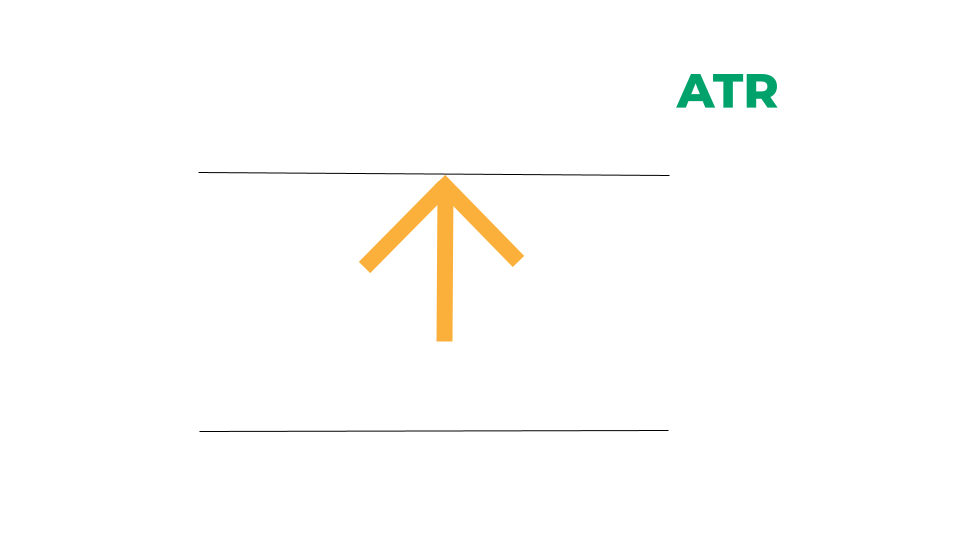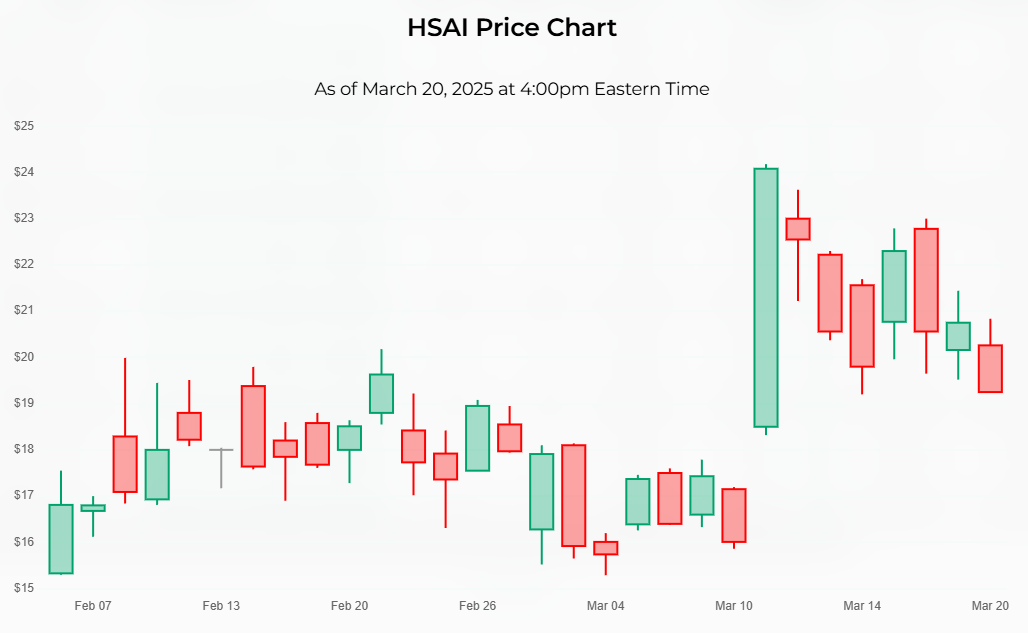Volatile Stocks - Meaning and How Traders Use It
Stock Market Guides is not a financial advisor. Our content is strictly educational and should not be considered financial advice.
When it comes to the stock market, sometimes you might hear the term "volatile stocks" mentioned. Volatility refers to a stock indicator that is popular among active stock traders.
This article will explain what a volatile stock is and how traders might be able to benefit from finding one.
What Exactly Is a Volatile Stock?
The term "volatile stock" refers to a stock that exhibits significant price fluctuations over a given period. In other words, the price of a volatile stock can go up and down a lot.
Volatility in a stock's price can be measured in different ways.
One way is to look at its recent price fluctuations and compare them to its average historical fluctuations. If the more recent price fluctuations are higher than average, then the stock might be considered volatile.
Another way is to look at its average price fluctuations as a percentage of its stock price. If the average range of its price fluctuations is a high percentage of its stock price, then it can be said to be a volatile stock.
One useful indicator for measuring the volatility of a stock is average true range (ATR). It calculates the average amount that the price of a stock moved in a period over a given length of time.
Since the ATR captures the range of price fluctuations, it can be used to measure a stock's level of price volatility.

That image is a simple graphical icon that we use to demonstrate that the most volatile stocks typically have a high relative ATR value.
The ATR value could be high relative to its historical average ATR value, or it could be high relative to the stock price.
Stock Market Guides

Stock Market Guides identifies swing trading opportunities that have a historical track record of profitability in backtests.
Average Annualized Return
79.4%
What Does a Volatile Stock Look Like On A Stock Chart?
The image below is an example of a stock chart where the stock is volatile.
You can see that there was a big surge in price eight price bars ago, and that the price has had a pretty big range since then.
How Do Traders Use Volatile Stocks?
Stocks that are volatile offer the potential for some big price movements.
When stocks have that sort of potential, they can draw the attention of active traders. Many active traders look for stocks that can exhibit a big change in price in a short period of time.
This gives traders the potential to generate a large return on account in a short period of time. By the same token, volatile stocks also come with more risk since the price can also go against their position abruptly.
Is a Volatile Stock Bullish or Bearish?
Volatile stocks are generally considered neither bullish nor bearish. Just because a stock is volatile doesn't mean that the price is likely to go one direction or the other.
The stock could exhibit a lot of buying pressure, selling pressure, or both. As a result, there may not be a telling sign of which way the price is headed next.
Some traders will trade in the direction of the price surge associated with the volatility. For example, if the price surged upward, one might buy the stock in anticipation of the price momentum continuing.
Others might trade in the opposite direction and buy the stock if it had a large negative price surge associated with the volatility. This approach is like a mean reversion trading approach where the trader anticipates the stock will return to its normal price levels after getting overextended price-wise.
How Do You Find Volatile Stocks?
You can find them by using our Volatile Stocks scanner. It's a free tool we offer here at Stock Market Guides. It uses our proprietary scanning technology to find stocks that have high volatility.
Here's how the scanner results look:
That tool ensures that you don't have to waste time flipping through stock charts manually to find stocks with high volatility.
Example of a Volatile Stock Trading Strategy
For this example of a volatile stock trading strategy, we're going to use a daily chart, where each price bar represents one day of price activity. That means it would be a swing trading strategy where the trade is designed to last more than one day but not for the long haul.
Entry for the Volatile Stock Trading Strategy
The entry for this Volatile Stock trading strategy will be as follows:
The entry criterion for our Volatile Stock trading strategy is very simple.
Exit for the Volatile Stock Trading Strategy
There are a lot of possibilities here for the exit.
For any given trading strategy, it can be helpful to define three different criteria for the exit: profit target, stop loss, and time limit.
Not everyone uses all three, and that's totally fine. Ultimately, you can set these values however you want. But for the purposes of this strategy example, we will define all three:
- Profit Target
We will set the profit target at 2 ATRs away from the entry price.
ATR is an indicator in the stock market that measures a stock's recent price volatility. Most trading platforms have it available as an indicator you can enable.
Our profit target criterion indicates that we will take the ATR value of the stock, multiply it by 2, and add it to the price we paid when we bought the stock. That will be our profit target and we can set up a sell limit order at that price.
- Stop Loss
We will set the stop loss at 2 ATRs below our entry price. This means we take the ATR value of the stock, multiply it by 2, and subtract it from our entry price.
That will be our stop loss and we can set up a stop order at that price.
- Time Limit
We will set the time limit as one week since this is a swing trade. If the stock has not hit either the profit target or stop loss by the time limit, then we will close the trade manually at the opening bell seven calendar days after entry.
How Well Does Buying Volatile Stocks Actually Work?
The idea of a volatile stock trading strategy sounds nice to many people because it offers a clear, easy-to-understand way to find a trade setup.
But does it actually work? Can traders indeed generate profits by trading volatile stocks?
That's exactly what our company can help answer for you, since our scanner technology has allowed us to do our own research on that precise question.
The answer is that trades based on volatile stocks are not always profitable, but many times they are. For certain stocks, they might have a particularly strong track record of success according to our backtest research.
Here is some data that shows how a proprietary volatile stocks trading strategy we created has performed historically according to backtests:
Wins
---
Losses
---
Win Percentage
---
Annualized Return
---
Anyone who signs up for our swing trading scanner service will be able to see stocks that qualify for that trading strategy in real time.
Learning More About Volatile Stocks
You can contact us any time if you would like to ask any questions about volatile stocks or anything else related to the stock market.
Join Our Free Email List
Get emails from us about ways to potentially make money in the stock market.

